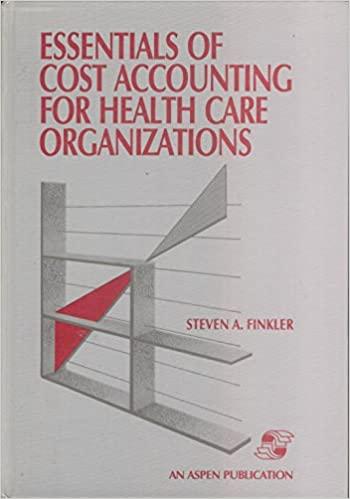1. Governments of low and medium income countries prefer which form of expansion into their country? a. Wholly owned subsidiaries b. Direct exporting c. Joint ventures d. Consortia 2. Because of the development of the local workforce, local expertise, local market, and improving the balar of trade, many countries prefer which form of expansion as opposed to others a. Wholly owned subsidiaries b. Branch offices Consortia d. Joint ventures 3. Politicians argue against local companies who are considering to use outsourcing, using the argument tha outsourcing causes a loss of a. Jobs Sovereignty None of the above e. d. b. Intellectual property 4. Because wholly owned subsidiaries have the highest control of operations, they have the a. Highest risk b. Lowest risk c. Most piggybacking d. Most outsourcing 5 Wholly owned subsidiaries can be developed by a process called a. Motherhenning b. Keiretsu c. Greenfielding d. Piggy backing 6. Cooperative exporting is also known as c. Green fielding d. None of the above a. Piggy backing b. Keiretsu 7 The process of using outside or offshore international resources to perforn certain activities (IT suppont billing, accounting etc), rather than doing it domestically is known as a Offshore Back translation Consortia None of the above c. b Outsourcing process where a company builds a factory, trains the workforce, has no continuing presence or invest n eschange for a one time profit is called d. a Consortia b Parallel investment c. One time joint venture d. Turnkey operation The Process of identifying and focusing on those international market segments that the company can most effectively and designing products and marketing programs for those segments is called a International target marketing b Intenational product design c. International investment strategy d. None of the above 0 International segmentation should be done at the a Country level c. Consumer level b. Home office d. Both A and C c. Substantiality d All of the above International segmentation requirements a. Messurability, Accessibility, and differential response Actionability and stability over time b







